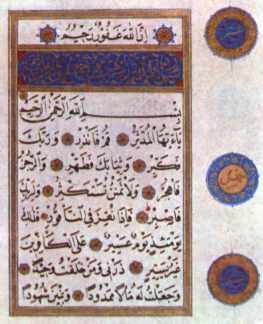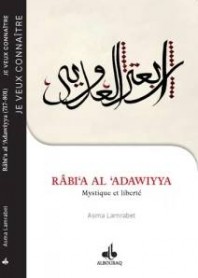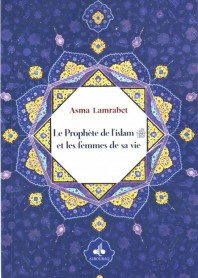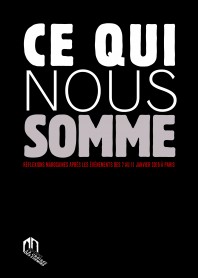The language of the Qur’an: a masculine language?
The Qur’an speaks about women, through the examples of illustrious female characters, depicted with great subtlety, beauty and eloquence.
Here the divine words come to rehabilitate what social prejudices, in the name of a universally accepted sacrality, have endlessly endorsed, namely the discrimination of woman, a being cast as biologically weak and destined for subordination.
Through these Qur’anic stories of women, one perceives an unwavering resolve for the recognition and re-valorisation of the eternally wounded female identity. Woman as the vehicle of faith was an entirely new conception of the feminine and above all was the announcement of a liberating project laden with meaning for the historical setting.
Thus to understand one must carefully consider the revelation’s setting; that of an uncompromising patriarchal environment in which the woman was all things, except a human being worthy of the name. It is within this Bedouin society with its severe morals, its implacably misogynistic ancestral customs and disregard for the female being that the Qur’an reveals its role models of Muslim women, devout and clever. The Qur’anic images of the enlightened female sovereign, the saint, the educator, the scholar, the resister, the pasionaria, are symbolised by Bilqis, Maryam, Asiyah and all other female figures.
Alongside God’s words that speak of women are the divine words that speak to women, directly, intimately and solemnly…
It is true that the Qur’an is the word of God intended for all human beings, regardless of their gender, ethnic background or colour. His words question the noblest part of the human being, in his soul, his reason, his intelligence.
Muslim scholars more or less agree that the Qur’anic discourse expressed in its masculine grammatical form systematically embraces the female gender and so God’s words in general relate with no distinction to women and men.[1] The masculine form in the Qur’an is used as a neutral gender and the formalisation of the masculine language implies human universality. The term “men” or rijal in Arabic is polysemic and can denote an elite of men and women. This linguistic characteristic as employed by the Qur’an is, besides, not exclusive to Arabic language as all other universal languages use the masculine form as a neutral gender. Does not the word “men” in English, for example, also encompass human beings in general? And, incidentally, this use of “men” as a universal category is currently being challenged, as seen in the case relating to the terminology: “the Declaration of the Rights of Man and of the Citizen” that many are trying to replace with Human Rights.[2]
However, the Qur’anic text does use the feminine gender in specific circumstances, exclusively employing a language in its feminine form, where the text’s intent is to address women in particular, to answer issues emanating from a given context or to correct an injustice committed against them. These divine words that descend from the Heavens are solely for them so as to better liberate them, to better free them from fossilized customs, to give them a new lease of life… so as to better love them.
Asma Lamrabet
[1] Equality within the Qur’anic discourse has been asserted by numerous scholars, including Imam Ibn Rushd, Imam Ibn al-Qayyim and Ibn ‘Arabi. See Abu Shukka, Tahrir elmar’a fi ‘asr errissala, 4th edition, p. 70, editions Dar el-Qalam, Kuwait, 1995.
[2] Agnès Callamard, Le sexisme à fleur de mots, le Monde Diplomatique, March 1998.
À propos de l'auteur

ASMA LAMRABET
Native de Rabat (Maroc), Asma Lamrabet, exerce actuellement en tant que médecin biologiste à l’Hôpital Avicennes de Rabat. Elle a exercé durant plusieurs années (de 1995 à 2003) comme médecin bénévole dans des hôpitaux publics d'Espagne et d’Amérique latine, notamment à Santiago du Chili et à Mexico.






